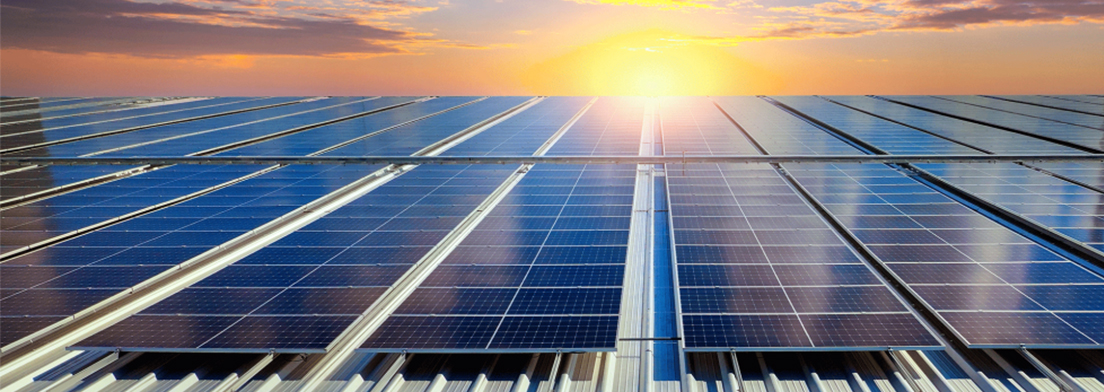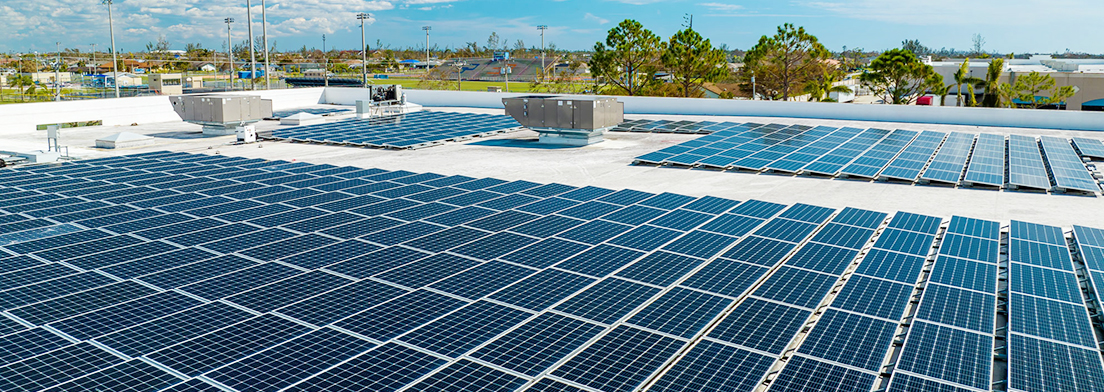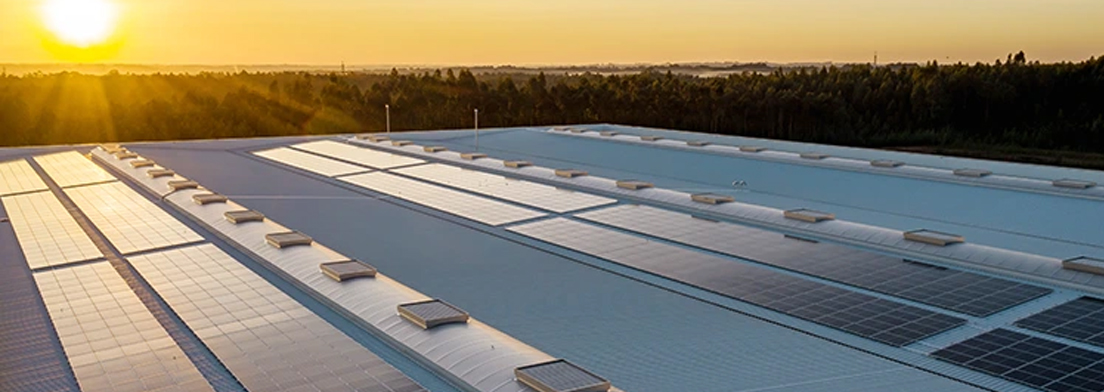As solar energy adoption grows worldwide, many homeowners and businesses seek ways to install solar panels without drilling into their roofs. While traditional solar panel mounting systems rely on penetrative methods, there are non-invasive alternatives that offer secure attachment without compromising the integrity of the roofing structure.
In this guide, we will explore various drill-free solar panel installation methods, their advantages, installation processes, and factors to consider when choosing the right system.

Drilling into a roof can raise several concerns, including:
· Water Leakage Risks: Improperly sealed holes can lead to long-term water damage.
· Roof Warranty Voiding: Some roofing materials and manufacturers prohibit penetrations that could void warranties.
· Structural Integrity Issues: Drilling can weaken certain roof types, such as metal or tile roofs, leading to potential structural vulnerabilities.
· Complex Installation Requirements: Drilling requires precise alignment with rafters and additional waterproofing measures.
To address these challenges, solar mounting innovations have introduced non-penetrative solutions that ensure secure installations while preserving the roof’s condition.
How It Works:
Ballasted solar systems use weighted mounting structures to secure solar panels in place without requiring roof penetrations. The system relies on concrete blocks or metal ballast trays to provide stability.
Best for:
· Flat roofs (commercial or residential buildings)
· Roofs with adequate load-bearing capacity
Installation Process:
1. Assess Roof Load Capacity: Ensure the roof can support the weight of the ballasts.
2. Lay Out Ballast Blocks: Distribute weight evenly across the installation area.
3. Position Solar Panel Racking: Secure racking structures with ballast trays.
4. Mount Solar Panels: Attach panels to the ballast system using clamps.
Advantages:
· No roof penetration required
· Suitable for large-scale installations
· Easy to remove or relocate panels
Considerations:
· Requires strong roof load capacity
· High winds may necessitate additional anchoring

How It Works:
Adhesive-based solar mounting systems use high-strength industrial adhesives or tapes to attach mounting brackets directly onto the roof surface. These adhesives are designed to withstand environmental conditions and provide long-term bonding.
Best for:
· Metal roofs and flat roofs
· Lightweight solar panels (flexible solar panels)
Installation Process:
1. Prepare the Roof Surface: Clean and dry the installation area.
2. Apply Industrial Adhesive: Use manufacturer-approved adhesive for secure bonding.
3. Attach Solar Mounts: Press mounting brackets firmly onto the adhesive layer.
4. Cure Time: Allow adhesive to cure as per manufacturer guidelines.
5. Install Solar Panels: Secure panels to the mounted brackets.
Advantages:
· Simple, quick installation process
· No impact on roof integrity
· Ideal for lightweight solar applications
Considerations:
· Requires proper surface preparation
· May not be suitable for heavy solar panels
· Adhesive durability varies based on climate conditions
How It Works:
Standing seam clamps attach solar panels to standing seam metal roofs without drilling. The clamps grip onto the raised seams of the metal roof, creating a stable mounting base.
Best for:
· Standing seam metal roofs
· Industrial and commercial buildings
Installation Process:
1. Align the Clamps: Position clamps along the standing seams.
2. Secure with Set Screws: Tighten screws without penetrating the metal.
3. Attach Rails or Direct Mount Panels: Depending on the system, secure the solar panels directly or via a racking system.
Advantages:
· No drilling or adhesives required
· Strong, secure attachment
· Suitable for high-wind areas
Considerations:
· Only compatible with standing seam metal roofs
· Clamp quality must be high to prevent slipping

How It Works:
Solar roof tiles replace traditional roofing materials and function as both a protective roof covering and a solar energy system. These tiles integrate seamlessly into the roof, eliminating the need for additional mounting.
Best for:
· New constructions or roof replacements
· Homeowners seeking an aesthetic solar solution
Installation Process:
1. Remove Existing Roofing Material (if necessary).
2. Install Solar Roof Tiles in Place of Standard Tiles.
3. Connect Tiles to the Solar Energy System.
Advantages:
· Aesthetically pleasing, blends with the roof
· No need for mounting brackets or rails
· Long-lasting and durable
Considerations:
· Expensive compared to traditional panels
· Requires professional installation
· Roof Type & Structure: Different roofs require different non-penetrative solutions.
· Wind & Snow Load Considerations: Ensure the system can withstand local weather conditions.
· Weight Capacity: Ballasted systems require a strong roof load-bearing capacity.
· Ease of Installation & Removal: Some methods allow for temporary or modular setups.
· Aesthetics & Visibility: Integrated solutions provide seamless designs.
· Cost & Budget: Non-drilling systems vary in price based on material and complexity.
A: Not all roofs support drill-free solar installations. Flat roofs, standing seam metal roofs, and new builds with solar roof tiles are the best candidates.
A: Yes, but proper engineering calculations are necessary. Ballasted systems often include wind deflectors, and clamp-based systems have high-grip designs.
A: Industrial-grade adhesives can provide long-lasting bonding, but they must be applied correctly and are best for low-weight solar panels.
A: Ballasted and clamp-based systems allow for easier removal, while adhesive-based systems may require careful detachment to avoid damage.
A: Always check with local regulations and building codes before installation to ensure compliance with safety and structural requirements.
Installing solar panels without drilling is a feasible solution for many homeowners and businesses looking to preserve their roof’s integrity. Whether using ballasted systems, adhesive mounts, standing seam clamps, or solar roof tiles, choosing the right method depends on the roof type, load capacity, and environmental conditions.
By selecting a secure, well-engineered solar mounting system, it is possible to achieve a long-lasting, efficient, and damage-free solar installation.

 Xiamen TopFence Co.,Ltd.
Xiamen TopFence Co.,Ltd. No. 77, LingXia South Road, Huli District, Xiamen City, Fujian, China
No. 77, LingXia South Road, Huli District, Xiamen City, Fujian, China Tel: +8613365923720
Tel: +8613365923720
 Email: info@xmtopfence.com
Email: info@xmtopfence.com
 IPv6 network supported Sitemap
| XML
| Blog
| Privacy Policy
IPv6 network supported Sitemap
| XML
| Blog
| Privacy Policy


